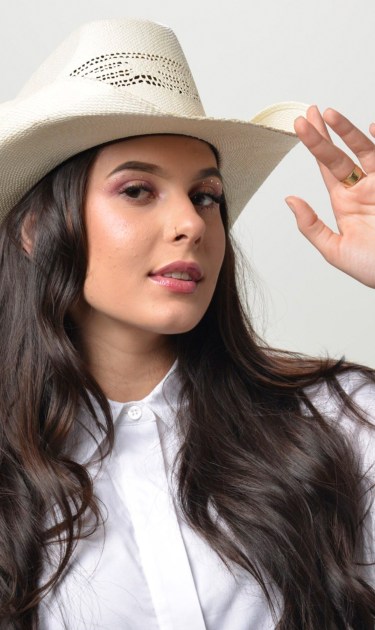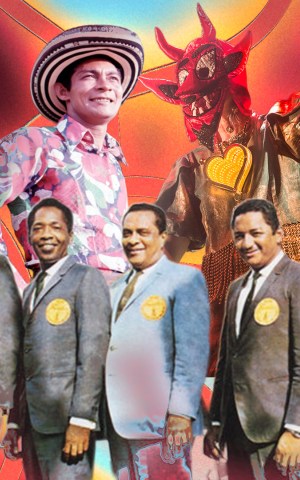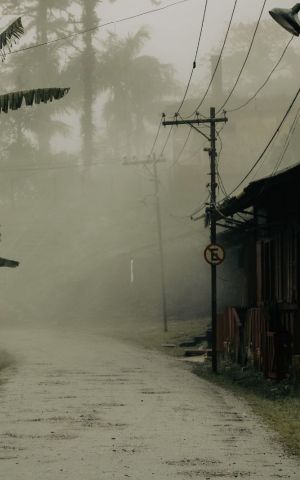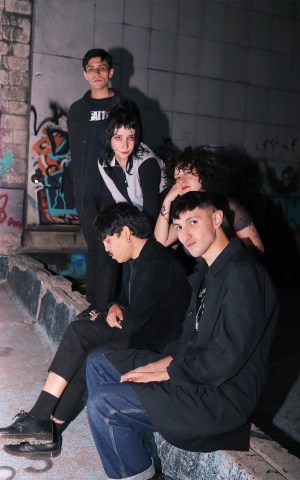There are many reasons why Ana Castela represents a new era of sertanejo music in Brazil. After the tragic passing of “sofrência” queen Marília Mendonça in 2021, the 20-year-old singer rose as the front-running female figure of the originally male-dominated genre. She has also inaugurated the new subgenre of sertanejo called agronejo, and created a remarkable brand for herself under the alias “boiadeira” (a word that defines a woman who conducts a herd on a farm), whose visual identity is so strong that a pink cowboy hat in Brazil is no longer associated with Mia Colucci from Rebelde. And she’s a hit with the kids, too, almost like a new generation Xuxa. But a less explored story about Castela is how she represents one side of Brazil that Brazilians seem to forget — its identity as a Latin American country surrounded and influenced by Spanish-speaking countries.
Castela was born and raised on a farm on the frontier of Brazil and Paraguay. These two countries starred in one of the bloodiest episodes of South American history (the War of the Triple Alliance). But to the Brazilians living near this frontier, in states like Mato Grosso, Mato Grosso do Sul (where Castela was raised), and Paraná, the connection with Paraguay feels natural. “Whenever I can [go there], the farm in Paraguay is my haven,” Castela tells Remezcla. Paraguay has also influenced Brazilian music through guarania, a fundamental part of sertanejo music. “I grew up listening to modão and Paraguayan music, even though I can’t sing it,” she adds with a laugh.
For Castela, her connection with other South American countries is also an artistic inspiration. Her first live DVD, Boiadeira Internacional, was recorded at the Triplice Frontier of Brazil, Paraguay, and Argentina, by Castela’s choice. The project’s promotions even teased the attendees to bring their flags to the concert. “It means a lot to me to be close to the places I feel embraced,” she shares. Moreover, while it still passes as sertanejo, her song “Nosso Quadro” has a beat that hits close to home for reggaeton fans. When asked if such similarity was intentional, Castela confirms it. “I like [reggaeton] a lot, and Rodolfo [Alessi, one of the cowriters of ‘Nosso Quadro’] is also a big fan. This song means a lot to me,” she says. “Nosso Quadro” topped charts in Brazil and charted in Paraguay and Portugal. It even captivated artists like Karol G and Maria Becerra. “I was happy when I saw artists as big as them liking my music. By the way, Karol G, I’m up for a collab,” she says with a laugh. Castela also confesses to being inspired by TINI, among other Latine artists.
While she’s dominating Brazil left and right, Castela says she wishes to sing in Spanish. In “Me Gusta,” she sprinkles a few words in the language, mixing it with Portuguese over a Spanish guitar and reggaeton-like beats. It may be a matter of time until she releases a full song with Spanish lyrics. “I just need to study it a bit more so I can speak it better,” she adds.

Regardless, Castela is already making waves overseas. “I went to Portugal last year for a concert and was amazed at how many people knew my songs. I had never gone abroad like this, as an artist, to perform, so I was very impressed. And I loved it,” she shares. Brazil and Portugal share Portuguese as their official language, but Castela’s lyrics contain many metaphors and regional contexts that foreigners may not fully understand. So, what’s the secret to making Portuguese people vibe to her music? “I think it’s because I sing songs that the general public can relate to, right? Not just the ‘hat crowd,’” she explains, referring to the Brazilian demographic that identifies with the country lifestyle and listens to sertanejo.
I was happy when I saw artists as big as [Karol G & Maria Becerra] liking my music. By the way, Karol G, I’m up for a collab.
Another unexpected audience Castela captivates is children. At the barricades of her concerts, it’s common to see many little girls wearing pink hats, boots, jewelry, and outfits that resemble Castela’s most iconic looks. “This is a very loyal audience,” the singer says. “But it’s also a big responsibility [for me]. I just hope I’m inspiring them in a good way.” However, Castela knows how to draw the line between her appeal to children and the music and content she makes as an adult. After posting a meme on Instagram Reels in which she jokes about the consequences of a drunk night with a friend, she got criticized by followers who said that content was inappropriate for kids. “I can’t refrain from posting things I find funny just because of the kids. It’s the parent’s job to care about what children see. Social media is not for kids,” she responded in an Instagram comment at the time.
Should Castela succeed in becoming a Brazilian icon for the world, it wouldn’t be the first time a sertanejo artist leads a Brazilian wave overseas. In the 2010s, Michel Teló’s “Ai se eu te pego” and Gusttavo Lima’s “Balada boa” achieved levels of international success that Brazilian artists haven’t gotten since at least Tom Jobim’s “The girl from Ipanema.” What “Ai se eu te pego” and “Balada boa” have in common (besides a boost from Neymar Jr.) is that both Teló and Lima are from sertanejo backgrounds. In Brazil, the genre seems to be very flexible in blending or accommodating elements of other genres. However, it has also proven to be exportable and one of the main sources of collaboration between Brazilians and Spanish-speaking artists. Is this the natural path for Castela? She has what it takes, but she’s not in a hurry.

“I want [to help represent Brazil in the Latine music world],” she says. “I’m working towards this, but I’m only three years into my career, and there’s still so much to happen.”




